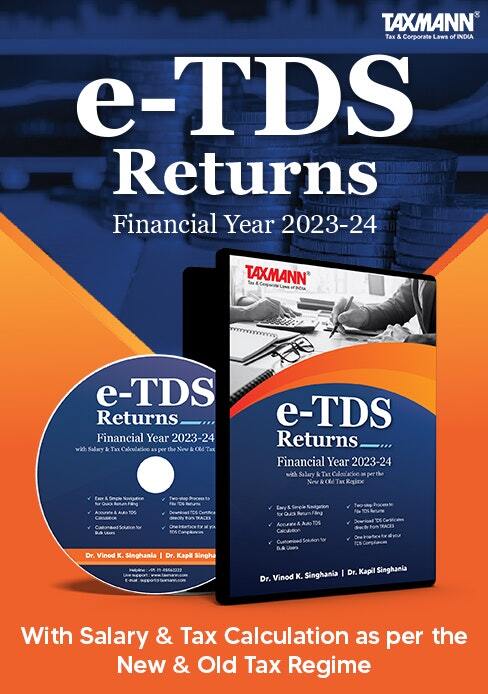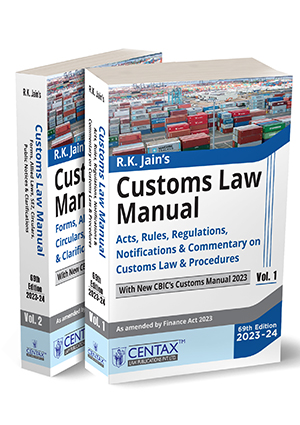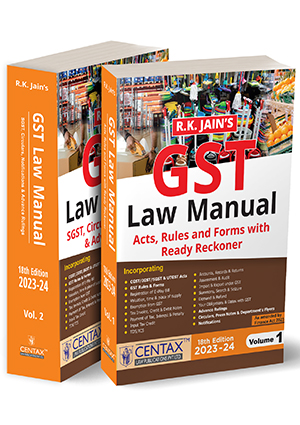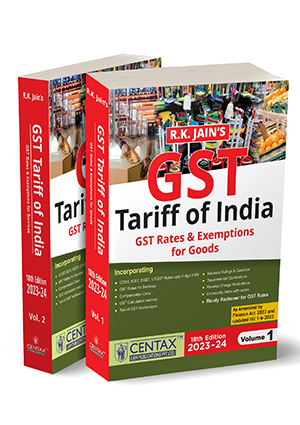Accounting Rules – What are the Golden Rules of Accounting?
- Blog|Account & Audit|
- 3 Min Read
- By Taxmann
- |
- Last Updated on 13 July, 2022
Benefits of Accounting Rules:
Accounting Rules of Debit and Credit:
There are rules of debit and credit to record transactions, one is the traditional approach and the other is the modern approach, both the approaches have been defined in detail below:
Golden Rules of Accounting (Traditional Approach):
Golden rules of accounting are the basic accounting rules on the basis of which accounting entries are recorded.
1. Personal Account:
2. Real Account:
3. Nominal Account:
The rule related to nominal account states that debit all expenses and losses, credit all incomes and gains. In other words, if any expense or loss is incurred for the business, the expense or loss account shall be debited and if any income or gain is earned in a business, income account or gain/profit account shall be credited. For example: If salaries are paid to employees then salary is an expense and hence salary account shall be debited. Likewise any rent received shall be credited to rent account as it is an income.
Modern Rules of accounting (Classification of Accounts):
As per modern rules of accounting, the transaction will be categorized into 6 heads or accounts and any increase or decrease in such account will either be debited or credited in the manner shown in the table given below:
| Types of Account | Account to be debited | Account to be credited |
| Assets account | Increase | Decrease |
| Liabilities account | Decrease | Increase |
| Capital account | Decrease | Increase |
| Revenue account | Decrease | Increase |
| Expenditure account | Increase | Decrease |
| Withdrawal account | Increase | Decrease |
B (Debtor) Account Dr. To Sales Account (Being goods sold to B on credit) Hence, it can be concluded that accounting rule is basis of accounting. Once a transaction has been done, it shows how that transaction should be recorded in the books.
Related Articles:
Disclaimer: The content/information published on the website is only for general information of the user and shall not be construed as legal advice. While the Taxmann has exercised reasonable efforts to ensure the veracity of information/content published, Taxmann shall be under no liability in any manner whatsoever for incorrect information, if any.

Taxmann Publications has a dedicated in-house Research & Editorial Team. This team consists of a team of Chartered Accountants, Company Secretaries, and Lawyers. This team works under the guidance and supervision of editor-in-chief Mr Rakesh Bhargava.
The Research and Editorial Team is responsible for developing reliable and accurate content for the readers. The team follows the six-sigma approach to achieve the benchmark of zero error in its publications and research platforms. The team ensures that the following publication guidelines are thoroughly followed while developing the content:
- The statutory material is obtained only from the authorized and reliable sources
- All the latest developments in the judicial and legislative fields are covered
- Prepare the analytical write-ups on current, controversial, and important issues to help the readers to understand the concept and its implications
- Every content published by Taxmann is complete, accurate and lucid
- All evidence-based statements are supported with proper reference to Section, Circular No., Notification No. or citations
- The golden rules of grammar, style and consistency are thoroughly followed
- Font and size that’s easy to read and remain consistent across all imprint and digital publications are applied






Comments are closed.